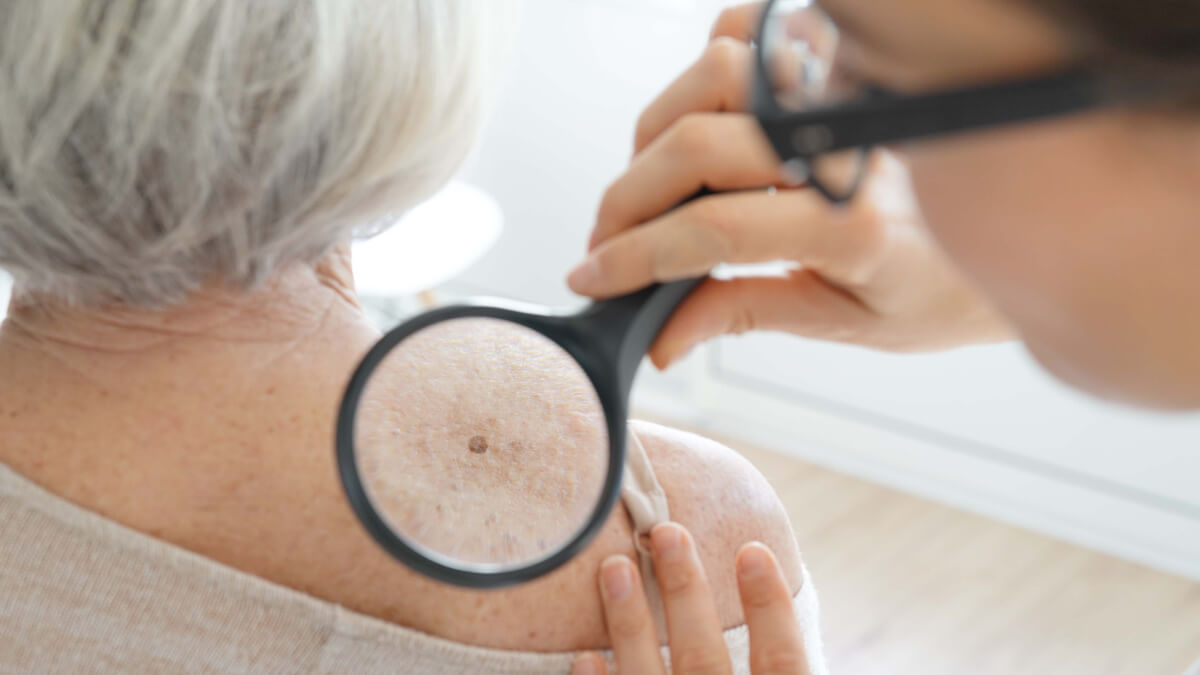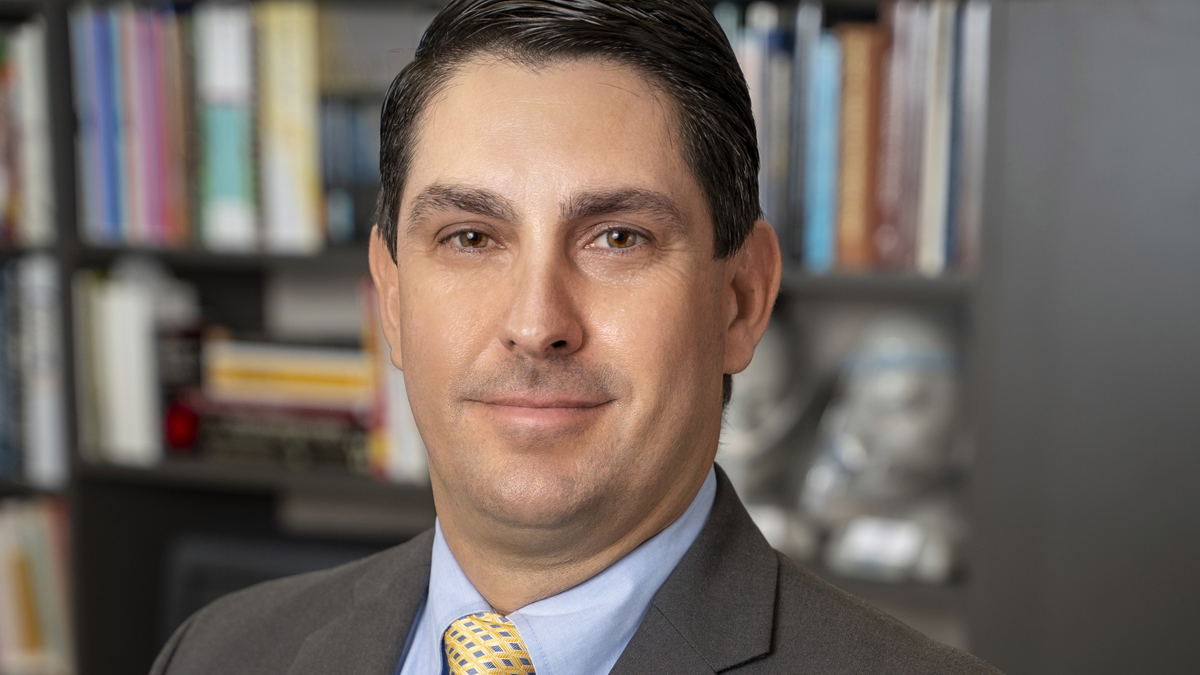Two things excite South Carolinians each year as winter finally begins to yield to the warmer temperatures of spring: seed catalogs and fun in the sun. However, too much of a good thing can sometimes have harmful results, and this is definitely true of sun exposure.
Wrinkles; age spots; moles; saggy, discolored and leathery-looking skin; broken blood vessels under the skin; and the development of skin cancer are all possible consequences of too much sun.
According to Bradley Saylors, M.D., a board-certified dermatologist at Trident Dermatology in North Charleston, “Melanoma rates are higher in South Carolina than the national average. Our residents are at greater risk because we have a warm and sunny climate for most of the year. This allows people to enjoy more outdoor activities and potentially expose themselves to more ultraviolet radiation.”
While it may be possible to shrug off concerns about too much time in the sun causing premature skin aging, the possibility of developing skin cancer is no casual matter.
Ultraviolet radiation emitted from the sun doesn’t just damage your skin cells – it kills them.
Dr. Saylors explained, “Over time, radiation increases the risk for mutations in the DNA of your skin cells and can lead to skin cancer. The good news is that most skin cancers are just a local problem for that specific area of skin and can be cured with simple outpatient surgery. Nonetheless, they have the potential to spread, just like any other cancer. Melanoma has the greatest risk of spreading to other organs and causing death. The key to preventing this is early detection. We recommend that you see a board-certified dermatologist to get a thorough skin examination once a year.”
He continued, “Although sun damage is the primary cause of most skin cancers, there are other risk factors as well. Having a history of either an organ transplant, leukemia or lymphoma can increase your risk for developing skin cancer, as can viruses, such as human papillomavirus; genetics; immunosuppression from medications or illness; thermal burns; and radiation therapy from a prior treatment for a different cancer.”
He went onto say that most skin cancers will be treated by surgical excision, which is usually performed in a clinic setting, not an operating room.
“Sedation or general anesthesia will be unnecessary, so patients can drive themselves home and go on about their lives after the procedure. However, if the cancer is more advanced or if there is any concern that the cancer has spread to lymph nodes or other organs, your dermatologist might also order imaging studies, such as a CT scan or MRI. Based on the findings of these studies, the treatment plan might also include lymph node biopsy, radiation, immunotherapy or chemotherapy, in which case your dermatologist would involve an oncologist.”
On an encouraging note, Dr. Saylors continued, “The general prognosis is excellent for most skin cancer diagnoses, including most melanomas. Surgery is typically curative, meaning no other treatment is needed. However, patients will need to be monitored for the development of any new skin cancers. After developing one skin cancer, patients are at an increased risk for developing another one at another location. This is something to be discussed with a board-certified dermatologist.”
Whether your job requires excess outdoor sun exposure or you simply can’t resist enjoying the sun’s rays, Dr. Saylors encourages regular use of topical mineral sunscreens, especially those containing zinc or titanium. They shield your body by physically reflecting the light away from your skin. Experiment with different brands to find one that rubs in easily to your skin and does not cause skin irritation.
For more information about skin care, call 843-797-3960, or visit Trident Dermatology at tridentdermatology.net.
By Janet E. Perrigo






